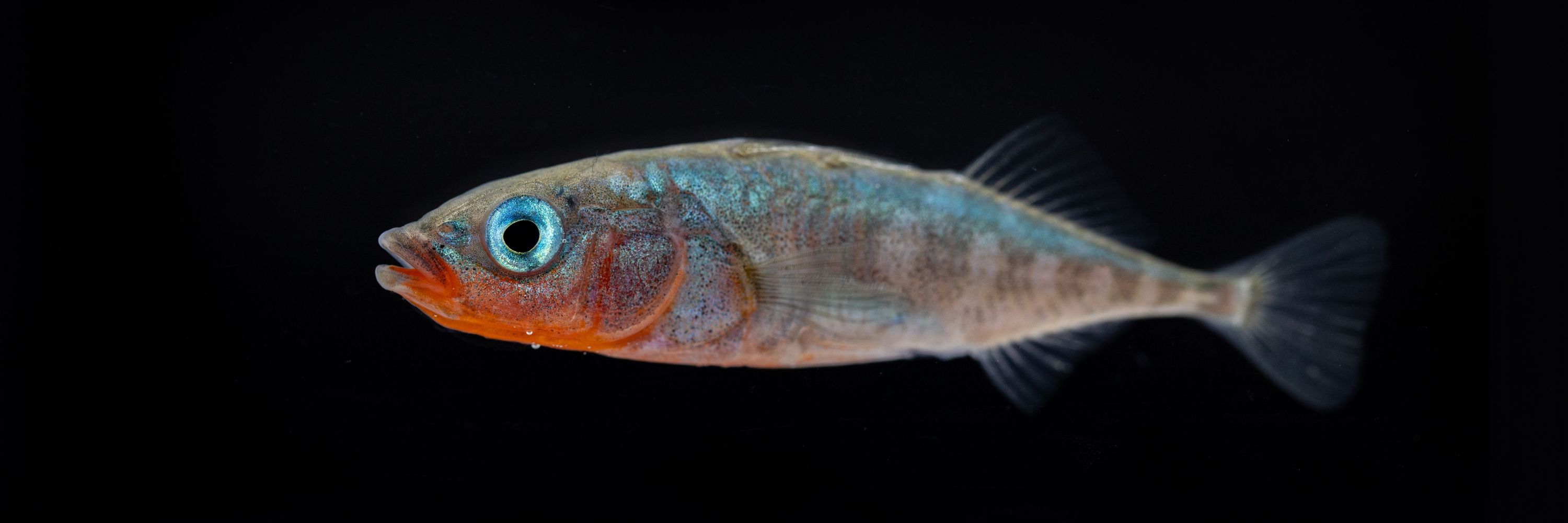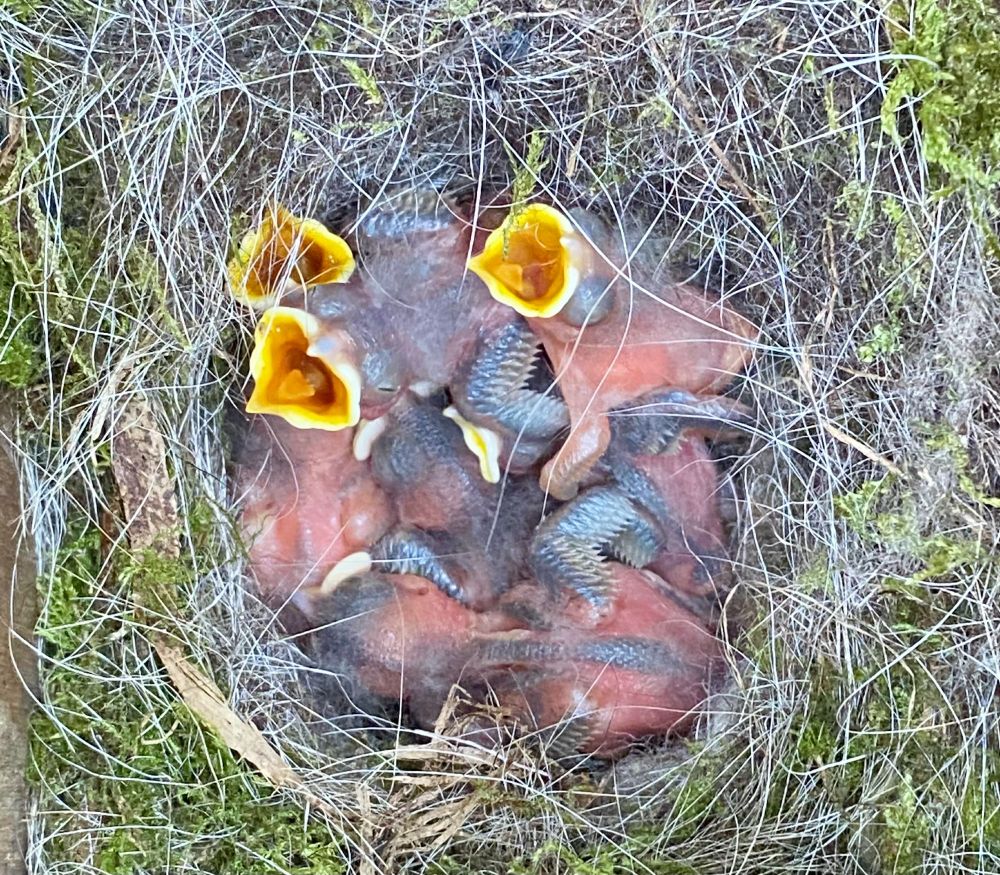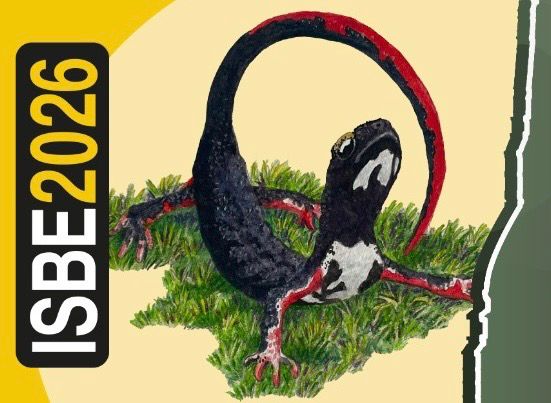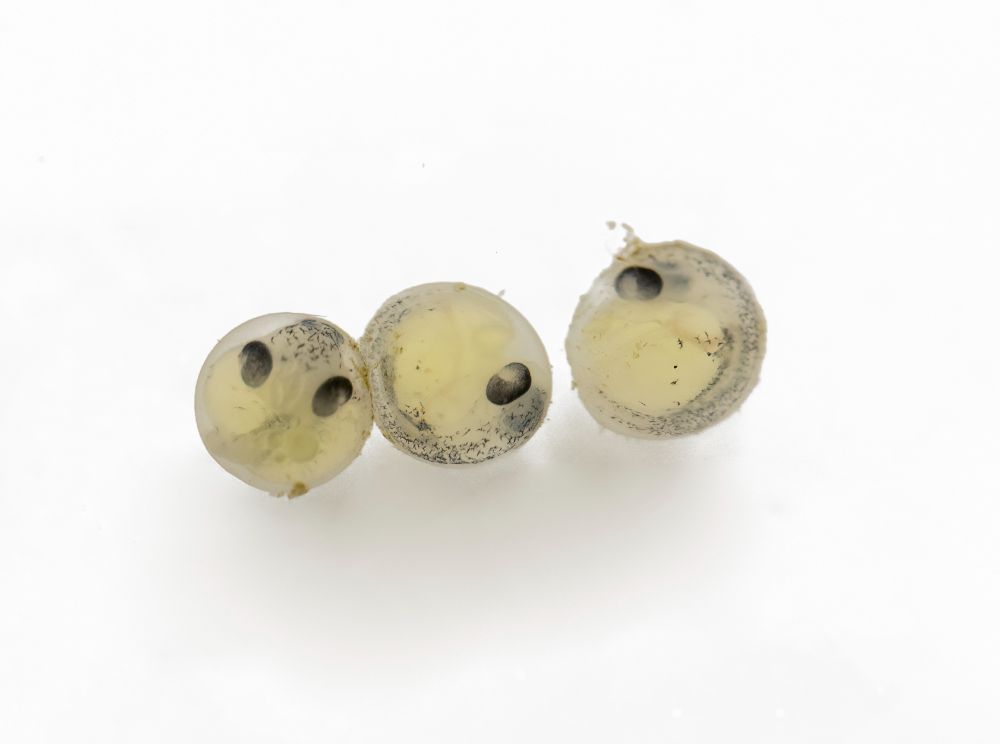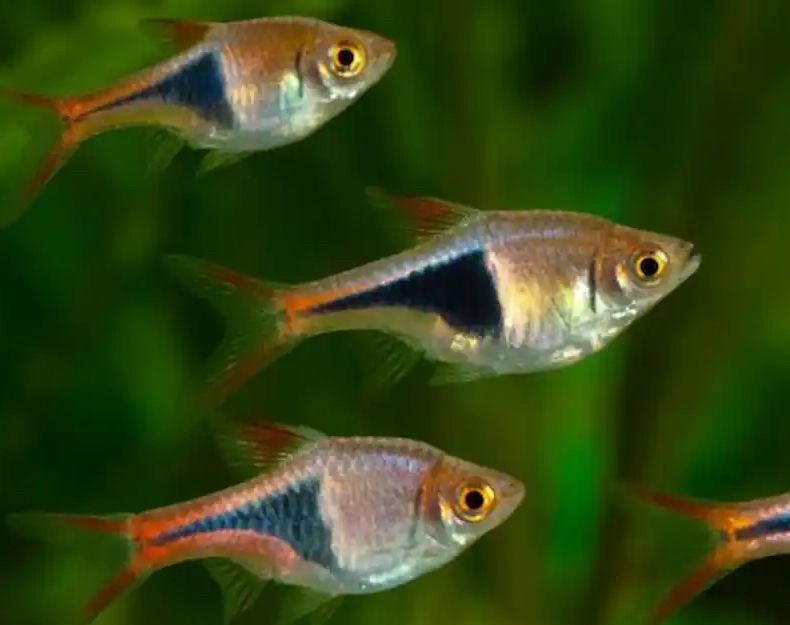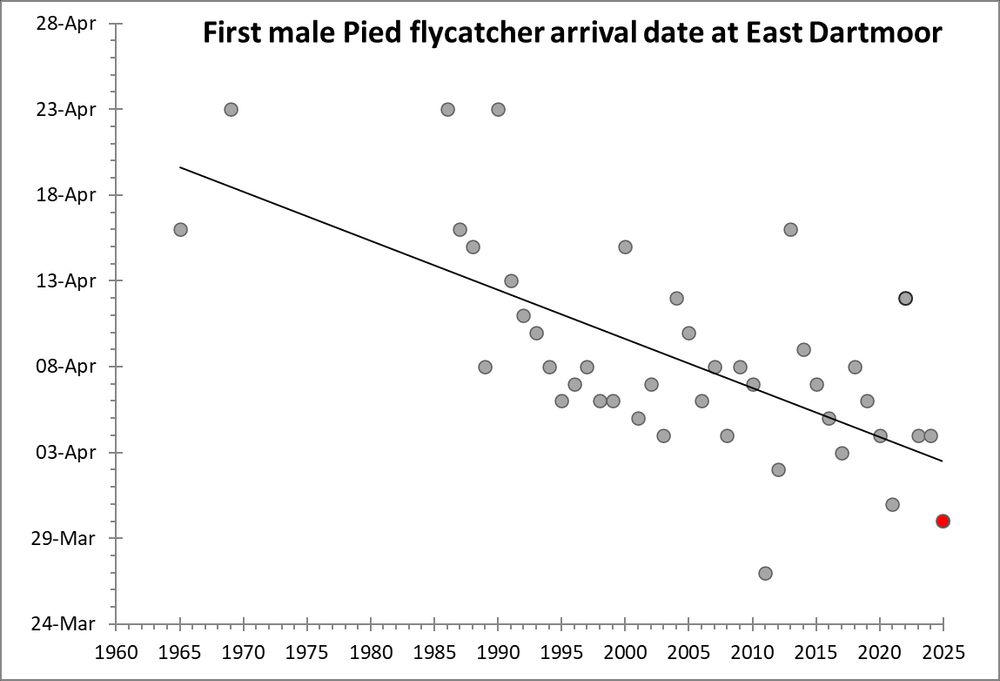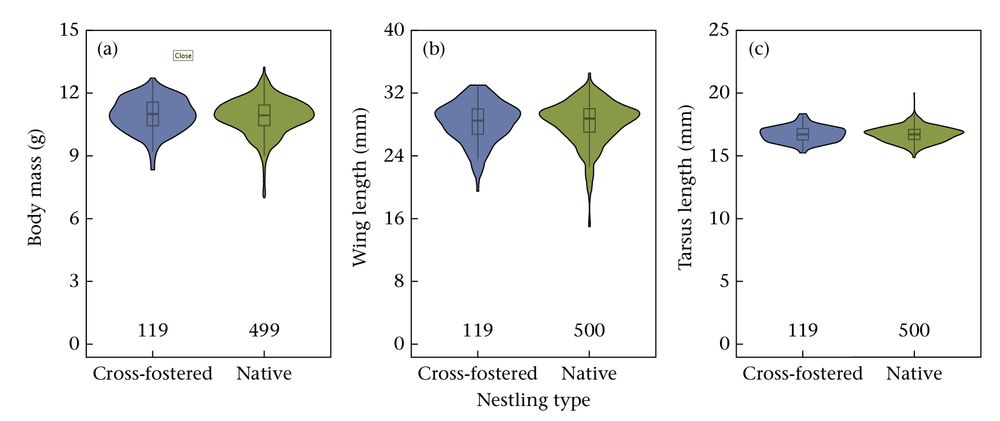Alexander Schlatmann
@aaschlatmann.bsky.social
170 followers
160 following
24 posts
PhD Candidate in Behavioural Ecology @ University of Groningen 🇳🇱 | Researching how personality variation drives mating patterns & reproductive isolation | Birder
Posts
Media
Videos
Starter Packs
Pinned
Reposted by Alexander Schlatmann
Reposted by Alexander Schlatmann
Reposted by Alexander Schlatmann
Reposted by Alexander Schlatmann
Reposted by Alexander Schlatmann
Chuen
@chuenlee.bsky.social
· Aug 27
Reposted by Alexander Schlatmann
Reposted by Alexander Schlatmann
Reposted by Alexander Schlatmann
Reposted by Alexander Schlatmann
Reposted by Alexander Schlatmann
Reposted by Alexander Schlatmann
Elina Mäntylä
@elinamantyla.bsky.social
· Jan 24

Feathered noses: methodological insights into understanding avian olfaction and foraging
Research into avian olfactory abilities has so far attracted relatively limited attention due to their complex nature and methodological difficulties.…
www.sciencedirect.com
Reposted by Alexander Schlatmann
Chuen
@chuenlee.bsky.social
· Feb 18

Metagenomic analyses of gut microbiome composition and function with age in a wild bird; little change, except increased transposase gene abundance
Abstract. Studies on wild animals, mostly undertaken using 16S metabarcoding, have yielded ambiguous evidence regarding changes in the gut microbiome (GM)
academic.oup.com
Reposted by Alexander Schlatmann
